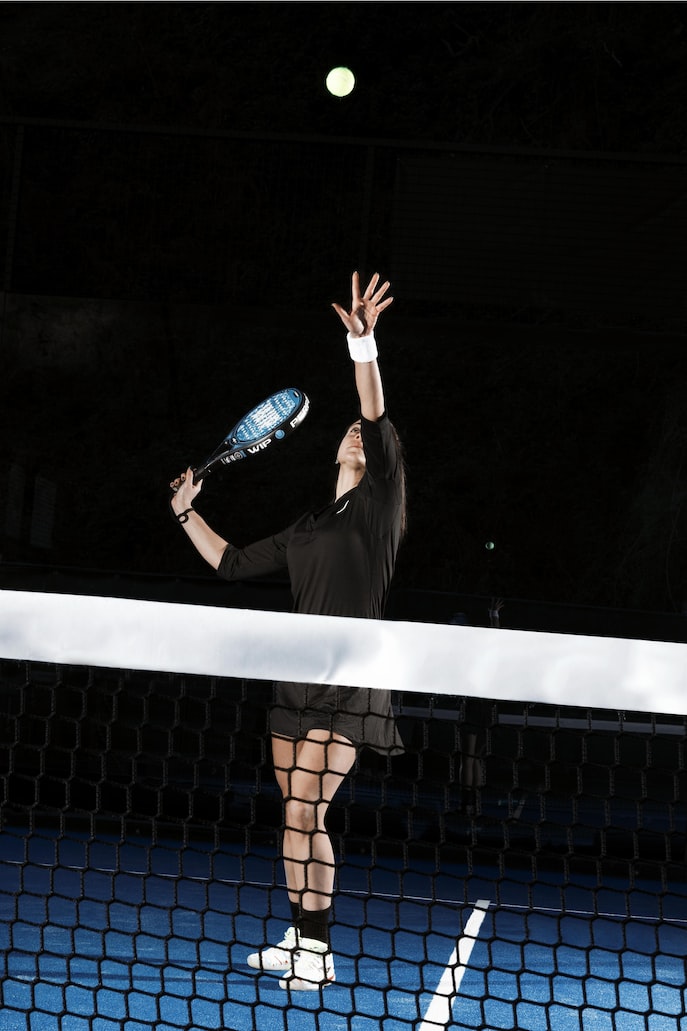Unraveling the Secrets of Padel Tennis Scoring System
3 min read
Unraveling the Secrets of Padel Tennis Scoring System
Padel tennis, one of the fastest-growing racket sports worldwide, has gained immense popularity among both recreational players and professionals. With its unique mix of tennis and squash, it continues to captivate enthusiasts with its fast-paced gameplay and strategic shots. However, for those new to the sport, understanding the scoring system can be quite perplexing.
The Basics: How is Padel Tennis Scored?
Before we dive into the intricacies of the scoring system, let’s go over the basics. Padel tennis is typically played in doubles, with two teams of two players facing off against each other on a smaller court surrounded by glass walls. The objective is to hit the ball over the net, aiming to make it bounce within the opponent’s half of the court without going out of bounds.
Similar to traditional tennis, padel tennis matches are divided into sets, with each set consisting of games. The first team to win six games with a two-game lead is declared the winner of the set. If the score reaches 6-6, a tiebreaker is played to decide the set.
Cracking the Code: Understanding Padel Scoring
Now, let’s crack the code of the padel tennis scoring system. The unique element in padel scoring is the zero points, or “love,” which is known as “cero” in padel terminology. Instead of using the traditional term “love” for zero points, padel tennis employs a more exotic and mysterious term. Welcome to the enchanting world of padel scoring!
The scoring system in padel tennis follows a simple pattern. Each game starts with the serving team announcing the score. The server’s score is always called out first, followed by the receiver’s score. The scores are called out in a specific language, adding an element of charm to the game.
The scoring sequence begins with “cero” (zero), then moves to “15,” followed by “30,” and finally “40.” If both teams reach “40,” it is referred to as a “deuce.” However, to claim victory, a team must win by two points. In such cases, the next point after “deuce” is called “advantage,” giving the leading team the opportunity to win the game if they score on the next point. If the opposing team scores during the “advantage” phase, the score goes back to “deuce.”
Unveiling the Mysteries: Padel Tiebreaker
As mentioned earlier, if the set score reaches 6-6, a tiebreaker ensues. The padel tennis tiebreaker is an exciting and nail-biting phase that tests the nerves and skills of the players. Resembling a super-charged version of regular scoring, the tiebreaker is won by the team who reaches seven points first, with a two-point lead.
However, the twist in the padel tiebreaker is the sudden change in serving order. The pair who served the last point in the previous game starts off the tiebreaker by serving one point each, starting from the right side of the court. After the first two points, the serving changes to the left side, and the rotation continues, back and forth, for the duration of the tiebreaker. The constant rotation further adds to the suspense and intensity.
Adding a Splash of Fun to Padel Tennis
Now that you’ve unraveled the secrets of the padel tennis scoring system, it’s time to get out there and put your new knowledge to the test. With its unique scoring language and intriguing tiebreaker, padel tennis offers an unmatched blend of excitement and fun.
So grab your racket, gather your friends, and head to the nearest padel court to experience the thrill of this captivating sport. Remember, mastering the scoring system is just the beginning of your journey. As you delve deeper into the strategy and technique of padel tennis, the game will reveal even more secrets waiting to be unraveled.
Embrace the magic of padel tennis and let the scoring system guide you through an unforgettable adventure on the court!






